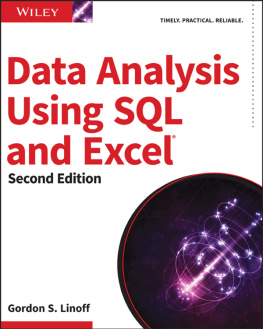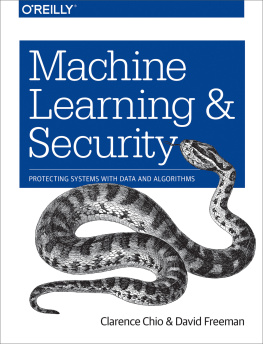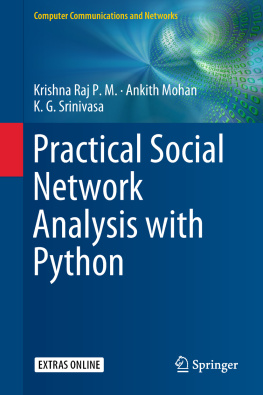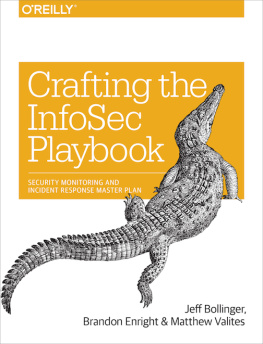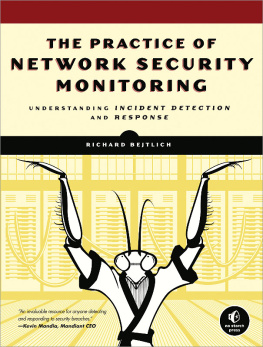Michael Collins - Network Security Through Data Analysis: From Data to Action
Here you can read online Michael Collins - Network Security Through Data Analysis: From Data to Action full text of the book (entire story) in english for free. Download pdf and epub, get meaning, cover and reviews about this ebook. year: 2017, publisher: O’Reilly Media, genre: Computer / Science. Description of the work, (preface) as well as reviews are available. Best literature library LitArk.com created for fans of good reading and offers a wide selection of genres:
Romance novel
Science fiction
Adventure
Detective
Science
History
Home and family
Prose
Art
Politics
Computer
Non-fiction
Religion
Business
Children
Humor
Choose a favorite category and find really read worthwhile books. Enjoy immersion in the world of imagination, feel the emotions of the characters or learn something new for yourself, make an fascinating discovery.

- Book:Network Security Through Data Analysis: From Data to Action
- Author:
- Publisher:O’Reilly Media
- Genre:
- Year:2017
- Rating:5 / 5
- Favourites:Add to favourites
- Your mark:
Network Security Through Data Analysis: From Data to Action: summary, description and annotation
We offer to read an annotation, description, summary or preface (depends on what the author of the book "Network Security Through Data Analysis: From Data to Action" wrote himself). If you haven't found the necessary information about the book — write in the comments, we will try to find it.
Traditional intrusion detection and logfile analysis are no longer enough to protect todays complex networks. In the updated second edition of this practical guide, security researcher Michael Collins shows InfoSec personnel the latest techniques and tools for collecting and analyzing network traffic datasets. Youll understand how your network is used, and what actions are necessary to harden and defend the systems within it.
In three sections, this book examines the process of collecting and organizing data, various tools for analysis, and several different analytic scenarios and techniques. New chapters focus on active monitoring and traffic manipulation, insider threat detection, data mining, regression and machine learning, and other topics.
Youll learn how to:
- Use sensors to collect network, service, host, and active domain data
- Work with the SiLK toolset, Python, and other tools and techniques for manipulating data you collect
- Detect unusual phenomena through exploratory data analysis (EDA), using visualization and mathematical techniques
- Analyze text data, traffic behavior, and communications mistakes
- Identify significant structures in your network with graph analysis
- Examine insider threat data and acquire threat intelligence
- Map your network and identify significant hosts within it
- Work with operations to develop defenses and analysis techniques
Michael Collins: author's other books
Who wrote Network Security Through Data Analysis: From Data to Action? Find out the surname, the name of the author of the book and a list of all author's works by series.









